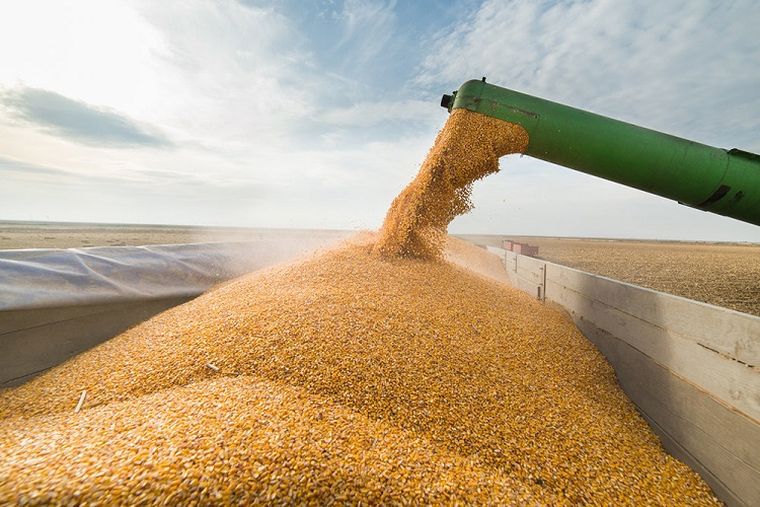Canada: grain grading changes for the 2022-2023 crop year

Updates are coming to the Canadian Grain Commission’s Official Grain Grading Guide this crop year. Following consultation with sector stakeholders through the Western Standards Committee and Eastern Standards Committee, the Canadian Grain Commission is implementing a series of grading changes that will better meet the needs of the agriculture sector in Canada and grain buyers around the world. These are the highlights of some of the upcoming changes.
Current mildew standard samples for Canada Eastern Red Spring (CERS), Canada Western Red Spring (CWRS),and Canada Western Red Winter (CWRW) wheats are being replaced. Updated standard samples for No. 1 and No. 2 CERS wheat will be effective July 1, 2022 in eastern Canada and No. 1 and No. 2 CWRS wheat will be effective August 1, 2022 in western Canada. The mildew standard for Wheat, No. 3 CERS, Wheat, No. 3 CWRS, and Wheat, No. 3 CWRW will no longer be used as a grading factor for those grades.
The standard samples are being updated after the Canadian Grain Commission conducted extensive research over multiple years, which found that mildew had minimal impact on flour yield and refinement, dough properties, and baking quality. However, mildew remains a grading factor for other grades as it can provide additional quality protection to accompany sprout tolerances.
The splits tolerance in No. 2 Canada Green Peas will be changed from 1% to 3% effective August 1, 2022 across Canada. This change is in response to the Canadian agriculture sector advising the Canadian Grain Commission that the 3% splits tolerance better reflects how the sector is handling and exporting No. 2 Canada Green Peas.
Effective August 1, 2022 across Canada, the tolerance for inconspicuous admixture in the No. 1, No. 2 and No. 3 grades of canola will be changed from 5% to 1.0%. This is in response to quality concerns that were discovered with canola samples that contained 5% admixture and will help to ensure Canada’s reputation for high-quality canola.
Effective August 1, 2022, only Canadian Food Inspection Agency (CFIA) registered varieties of coloured beans will be eligible for the highest statutory grades for beans in Canada. Most coloured beans currently being grown in Canada have completed the variety registration process.
Coloured beans include but are not limited to black beans, cranberry beans, pinto beans, red kidney beans, red Mexican beans, and yellow eye beans.
The tolerance for excreta in the No. 1, No. 2 and No. 3 grades of domestic mustard seed is being updated from 1 kernel-size piece per 500 grams to 0.01% effective August 1, 2022. This change is to bring it in line with excreta tolerances for other official grains while ensuring stringent quality control.
“The Canadian Grain Commission is working with stakeholders to implement evidence-based solutions that maximize returns for producers and help grow the Canadian grain industry.”, – said Doug Chorney, Chief Commissioner Canadian Grain Commission.
Read also
Wheat in Southern Brazil Impacted by Dry Weather and Frosts
Oilseed Industry. Leaders and Strategies in the Times of a Great Change
Black Sea & Danube Region: Oilseed and Vegoil Markets Within Ongoing Transfor...
Serbia. The drought will cause extremely high losses for farmers this year
2023/24 Safrinha Corn in Brazil 91% Harvested
Write to us
Our manager will contact you soon



